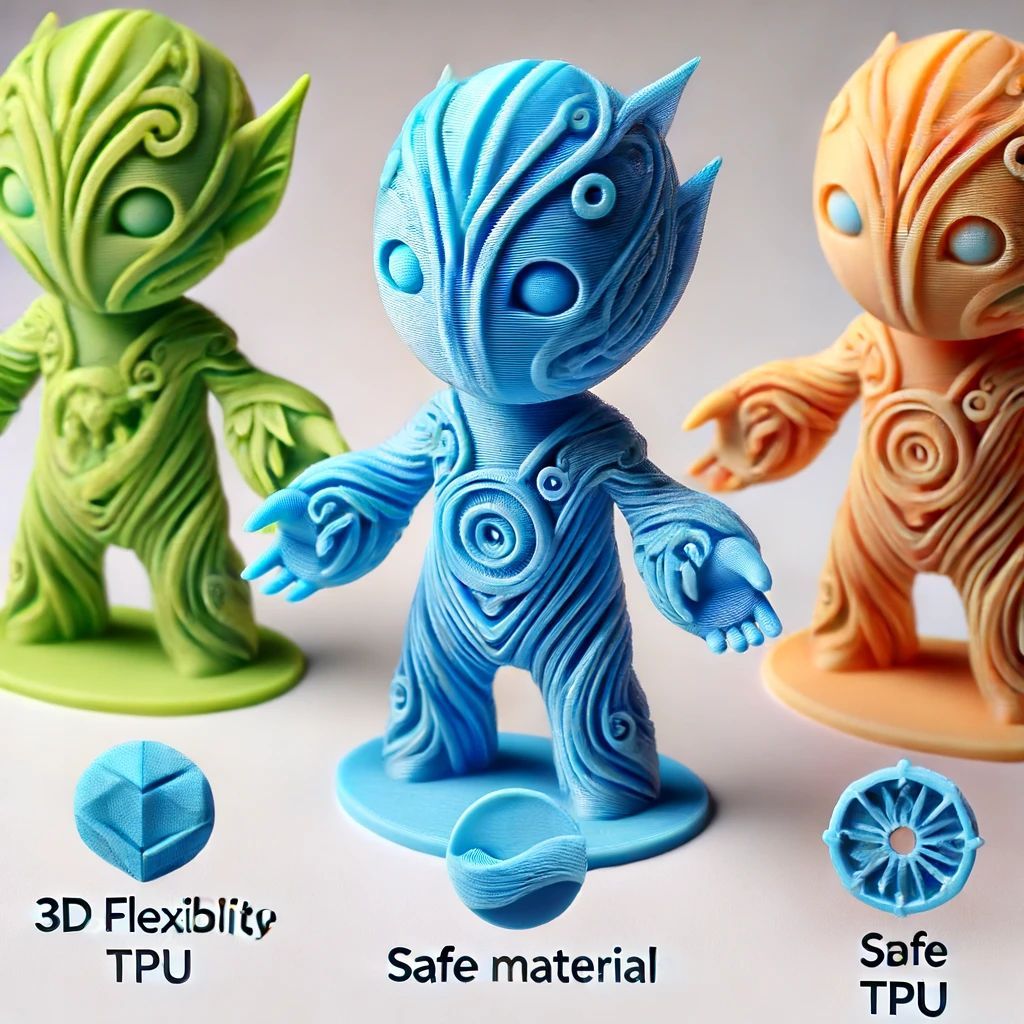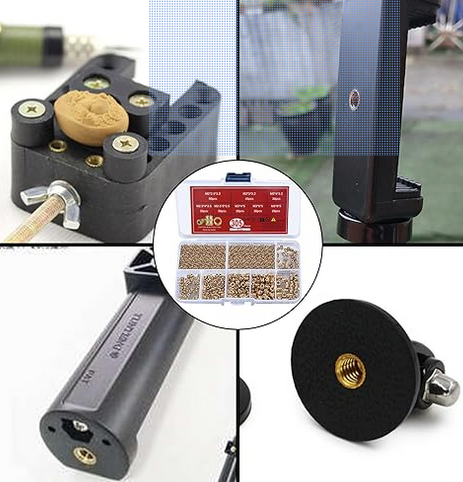3D Printing with TPU
How to 3D Print with TPU and What You
Can Make With It

The thermoplastic polyurethane (TPU) filament is a popular additive manufacturing material used for 3D printing. This type of plastic is excellent for making durable and impact-resistant products because of its high stress resistance, low creep, and high compression strength. TPU also exhibits good transparency, oil resistance, and chemical resistance. In this article we will explore what TPU is and its properties as an additive manufacturing material; how it’s made from natural sources of oils; how it’s processed to be suitable for use in 3D printers; some common applications of TPU filament; and where you can find the best deals on TPU filament.
What Is TPU?
TPU stands for thermoplastic polyurethane. It is a plastic that can be melted and formed into a variety of shapes. It is a type of plastic that is processed from natural sources of oils.
In general, TPU is a flexible material that has a high resistance to oil, grease and other chemicals. It has many applications in industries like automotive and consumer electronics.
TPU is a relatively new material. It was first developed in the 1960s when scientists began experimenting with plastics that were more flexible than traditional plastics. TPU was first introduced to the marketplace in 1970 by DuPont. Like other materials, TPU has evolved significantly over time.
TPU is a thermoplastic which means it can be melted and then cooled to make a new plastic. It is also known as an elastomeric polymer because it is elastic and can be stretched before returning to its original shape. The elasticity of TPU makes it popular for use in items such as toys, footwear, and sports equipment. In addition, TPU can be used for things like automotive parts because it has good resistance to UV light and weathering.
What Are the Properties of TPU Filament?
Density - TPU filament has an average density of 1.18g/cm3. This is slightly higher than PETG and ABS filament, which is around 1.2g/cm3. However, many TPU filaments also have additives in them that will increase the density. Coefficient of Friction - TPU is a static material which means it does not slide against itself. There is no coefficient of friction for TPU. Hardness - The hardness of TPU filament is 2 on the Shore A scale. Shore A is a method of measuring the hardness of plastics. The scale is from 0 (soft) to 100 (hard). Tear Strength - TPU filament has a tear strength of 11.77 Newtons per meter. This is much higher than the average tear strength of PETG and ABS filaments.
Physical Properties: A few important physical properties include tensile strength, elongation at break and hardness according to Shore D scale (see below). These values help determine how well the material will perform under stress and strain during use in 3D printing applications such as functional prototypes and end-use products like phone cases, computer keyboards or other consumer electronics accessories. In general, good tensile strength indicates an ability to hold up well against stress and strain when stretched or pulled; good elongation at break indicates flexibility; while hardness
How is TPU Made from Natural Sources?
The raw materials that are used to make TPU filament are ethylene and propylene. Most ethylene and propylene are hydrocarbons derived from natural gas and petroleum. Ethylene is commonly used to make polyethylene, which is used in the making of TPU.
The process of making TPU begins with the natural production of oil-based polymers. These polymers are produced by catalytic polymerization or electrochemical polymerization reactions. The purpose of these reactions is to produce linear polymers with urethane groups on the end groups. Urethane groups are functional groups that provide TPU with its key physical properties such as rigidity, flexibility and elasticity. The reaction produces long chains of polyurethanes which can be used for different applications including 3D printing filaments.

How is TPU Processed for 3D Printing?
TPU filament undergoes a number of different processes to produce filament suitable for 3D printing. This starts with mixing ethylene with small amounts of other compounds, such as carbon or silicone, to change the properties of the plastic. This mixture is then heated to 250 degrees Celsius. The heated plastic is then extruded to create a strand. The strand is cooled and spooled up for shipping. TPU filament is often used as a blend with other materials such as ABS or PETG. A blend of two or more materials is often used to increase the strength and UV resistance of the plastic. For example, a blend of TPU and ABS is often used for the build platform of 3D printers.
Some Common Uses of TPU Filament
- Machine tooling and parts – TPU can be used in a variety of mechanical devices and in machine parts. - Molds – TPU can be used to make molds for casting resins like polyurethane. - Vacuum forming – TPU can be used to produce vacuum forming bags. - 3D printing - TPU can be used as a build material in 3D printers. - Electrical and electronics – TPU can be used to make electrical and electronic components. - Medical and healthcare – TPU can be used in a variety of medical and health-related devices. - Other industries - TPU can be used in automotive, marine, and other industries.

Where to Find Good Deals on TPU Filament
TPU filament is widely available and fairly inexpensive. You can find it on Amazon, eBay, and other online retailers. Some of the best deals are on Amazon. Amazon.com - Amazon has a wide selection of TPU filament available. You can choose from a variety of different TPU filament brands and colours. eBay.com - eBay has a wide selection of TPU filament available. You can choose from a variety of different brands of TPU filament.
Bottom line
TPU filament is a popular material for 3D printing. It is made from ethylene and propylene, which are hydrocarbons derived from natural gas and petroleum. Many TPU filaments are blends with other materials to increase strength and UV resistance. TPU is excellent for making durable and impact-resistant products because of its high stress resistance and low creep. It also exhibits good transparency, oil resistance, and chemical resistance. TPU is a static material which does not slide against itself, and it has a high tear strength.













